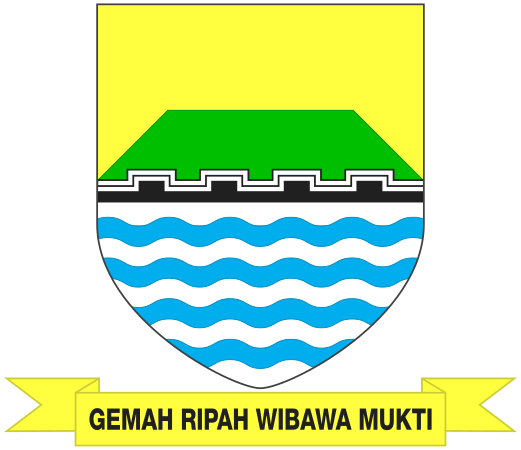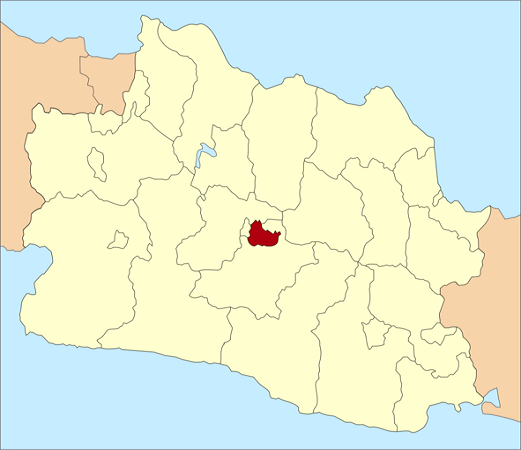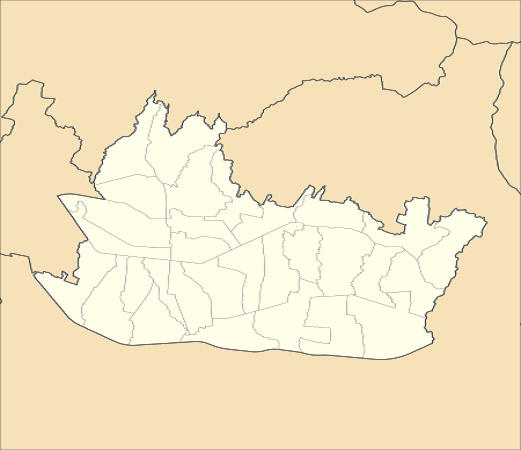Last updated: 01-03-2022 12:53
Data Science Environment Sustainability
Highlight Data Vehicles Density and Microclimate 2021 in Bandung city
4 Urban Regions | 2 Suburban Regions
Visualization and Data Processing of Density Vehicles in Urban and Microclimate 2021
Do you Agree ? Help us improve data quality by filling out this form.
Home Traffic Microclimate Mobility and Transport Statistics and Predictions




Probability of People Mobility into Center City of Bandung
The dominance of private vehicles—primarily cars and motorbikes—in the Indonesian transport modal mix has led to an enormous energy demand for fuel, with fuel having an annual consumption growth rate of about 4.5%. Inadequate infrastructure, poor market access, and inefficient spatial structure impede business growth and degrade quality of living. Nation-wide administrative and fiscal decentralization measures, introduced in 2000, substantially changed the landscape for regional and urban development from one that was formerly driven from the central government. This transition, in large part, has negatively affected continuity in urban infrastructure investment. There remains unresolved policy, financial, regulatory, and institutional capacity problems. These issues continue to impact the dynamic and on-going process of decentralization, creating an unpredictable environment for governance, an ambiguous regulatory framework, and an uncertain business climate for infrastructure development. Local governments have had difficulties with financial management, including multi-year financing, loan risk assessment, loan management, and calculating cash flows, as well as the over-riding issues of transparency and accountability.
Over 55% of Indonesians are living in some 300 cities, of which six urban agglomeration centers13 suffer the most severe transportation problems. This traffic congestion is characterized by insufficient public transport with very low modal shares; no urban rail systems (excepting some commuter train services); one sub-optimal BRT (bus rapid transit) system in Jakarta, with 16 other cities having an immature semi-BRT; and the remaining major cities left to rely on paratransit for public transport.